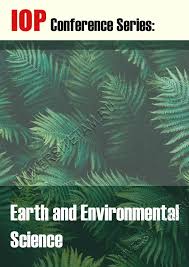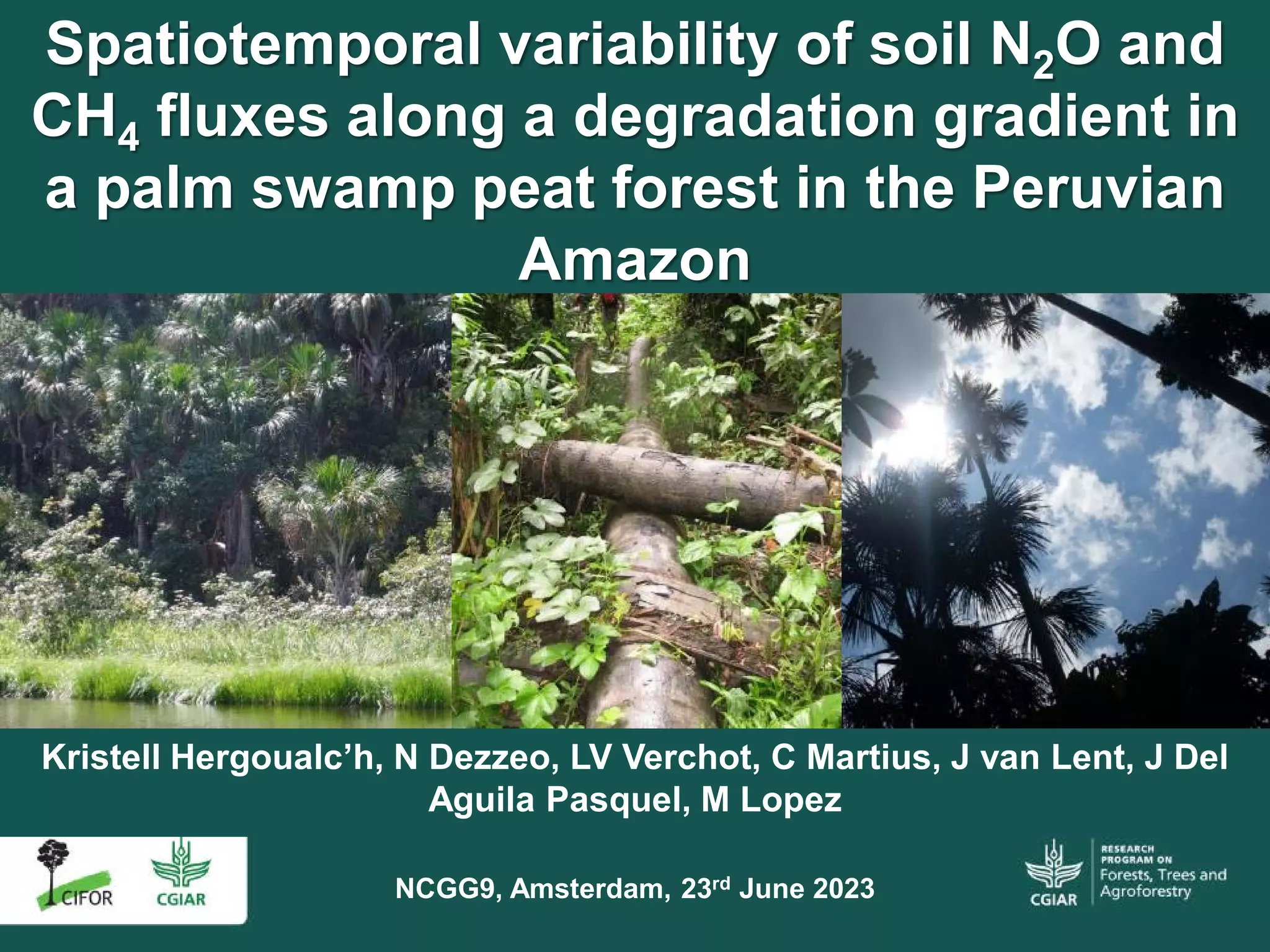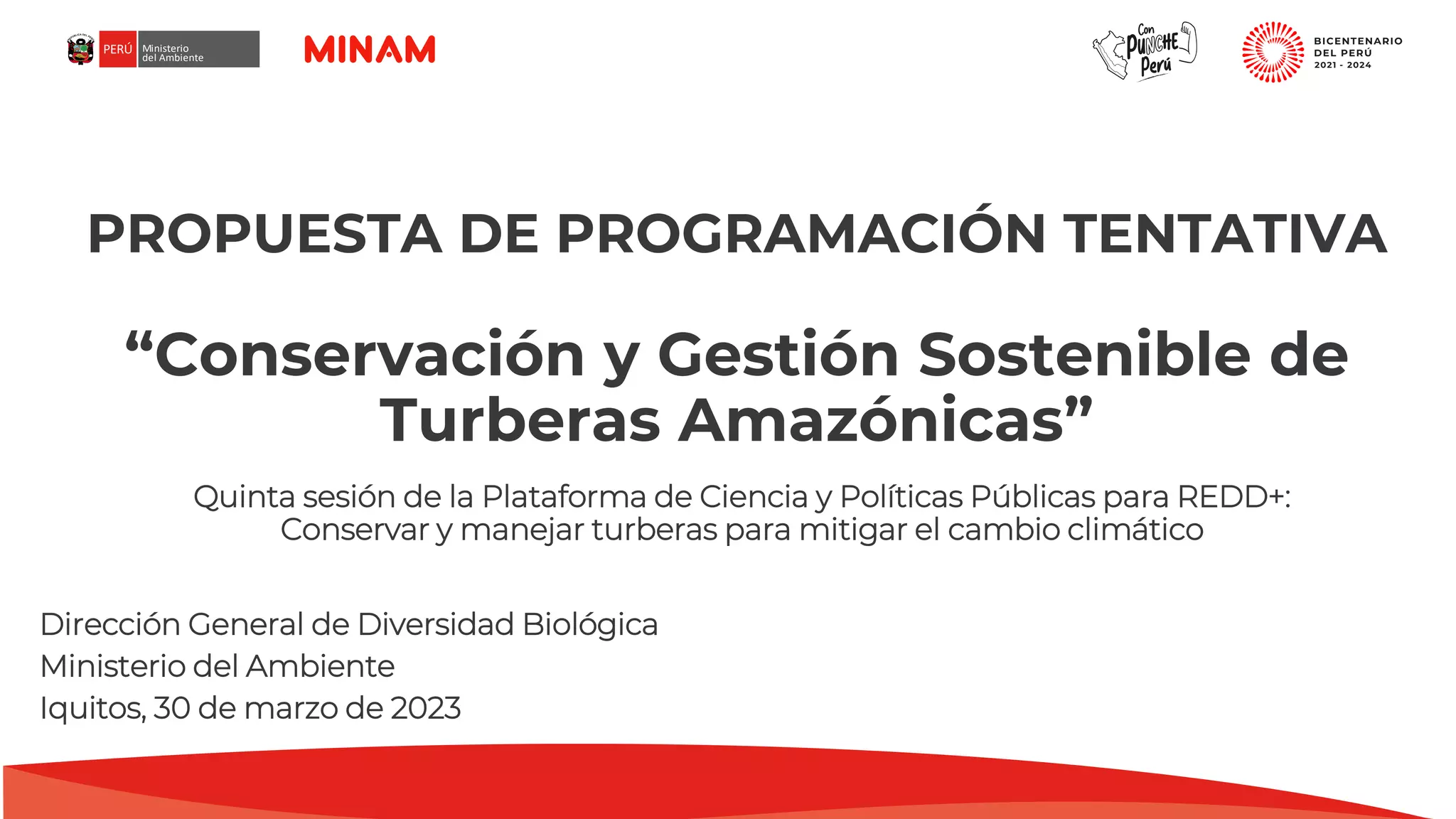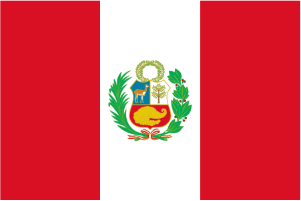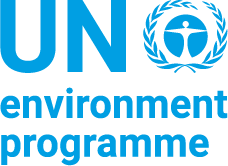
Carbon dioxide gas which is one of the greenhouse gases stated at Kyoto Protokol in 1997 can come from peatland. Conversion of peatland into farming land can accelerate the decomposition process of OM which will emit carbon dioxide gas (CO2) into the atmosphere. This study was aimed to measure CO2 emission from several types of peatland in Kinali District, West Pasaman Regency, West Sumatra Province. The research was conducted using a survey method based on the land use type (purposive sampling). The measurement of CO2 was conducted in the field using an infrared non-dispersive sensor (NDIR) found in the Carbon Dioxide (CO2) Monitor tool. Soil properties analyzed were organic-C, total N, and C/N ratio. The results showed that the different use in peatland has no significant effect on the value of CO2 emission. Carbon dioxide emission has a positive correlation (r = 0.68) with soil organic carbon content. The highest average of CO2 emission was 0.92 g/m2/d (under oil palm plantation) from soil surface and 1.56 g/m2/d (under seasonal cropland) from the surface of soil on 30 cm depth. The lowest CO2 emission was 0.68 g/m2/d (under mixed garden) from both soil surfaces.
Download:
 file
file

- Authors: Dwi Syahputri, S., Hermansah, Yulnafatmawita.
- Author Affiliation: Andalas University
- Subjects: carbon dioxide, gas emissions, land use, peatlands, soil organic carbon, soil properties, peat soils
- Publication type: Journal Article
- Source: IOP Conference Series: Earth and Environmental Science 1016(1): 012042
- Year: 2022
- DOI: https://doi.org/10.1088/1755-1315/1016/1/012042

